Discover 10 hidden attractions, cool sights, and unusual things to do in Stade (Germany). Don't miss out on these must-see attractions: Festung Grauerort, St. Cosmae et Damiani, and Horstsee. Also, be sure to include Schwedenspeicher in your itinerary.
Below, you can find the list of the most amazing places you should visit in Stade (Lower Saxony).
Table of Contents
Festung Grauerort
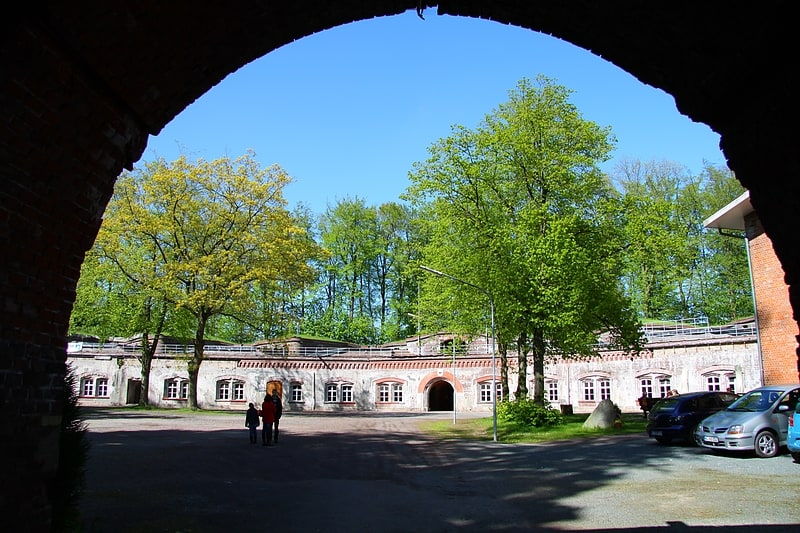
Museum in Stade, Germany. Grauerort fortress is a German artillery fort on Elbe river about 9 km north of Stade which was built between 1869 and 1879 to defend the Port of Hamburg. Its shape is hexagonal, taking advantage of the topography of the area and the location of the previously existing levee. The main armament of the fort were probably ten 21 cm breech-loading guns, but they are no longer in place. There were also 4 12 cm and six 9 cm guns. Construction materials were cement and brick; concrete was only used from 1885 onward.
While the fortress was in service during the Franco-Prussian War in 1870–71, it was never involved in any battles. After World War I, Grauerort was converted to a naval mine arsenal. Unused since 1985, it has been mostly restored to its original 19th-century state since 1997, and now serves as a museum and cultural venue.
Grauerort has a 250 m Elbe pier which was used to load ships with naval mines. After WW II, a popular restaurant, Klein Helgoland ("Little Heligoland"), was located on the pier. Its popularity was because until 1955, Heligoland was off-limits to passenger ships, therefore people from Hamburg visited Klein Helgoland instead on their day trips.
Between 1959 and 1985, decommissioning of ammunition took place in Grauerort. 1992 and 1995 chemical analyses of the soil at Grauerort revealed significant concentrations of, among others, PCNs, TNT, RDX, and cadmium up to a depth of 3 m, raising the concern that hazardous substances could leach into the local groundwater supply.[1]
Address: Am Elbdeich, 21683 Stade
St. Cosmae et Damiani
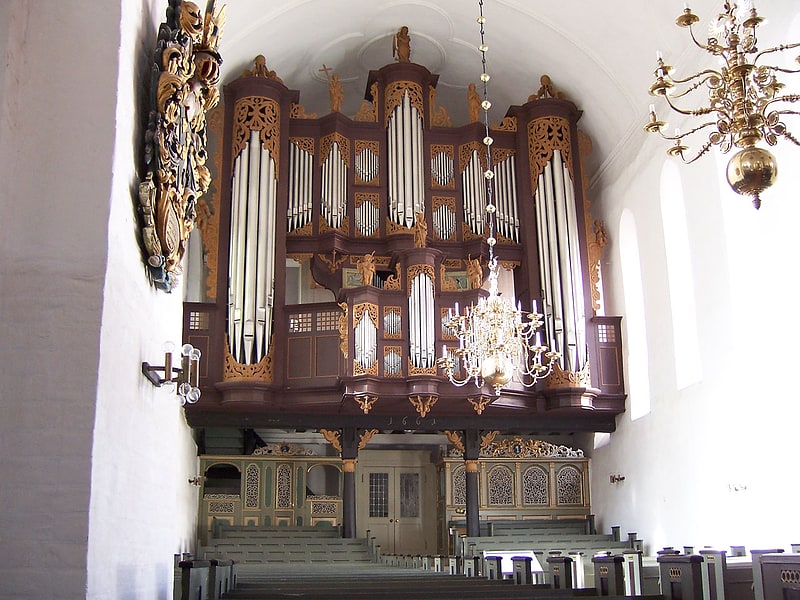
Church. The Church of Saints Cosmas and Damian, Stade is a Lutheran church in Stade, Germany.
The church was built in the early 12th century and extended in the 17th century. The Baroque altar was crafted by Christian Precht in 1674–1677, and the organ was built in 1668–1675 by Berendt Hus and his nephew, the famous Arp Schnitger; the latter expanded the organ in 1688. Vincent Lübeck served as organist of St. Cosmae between 1675 and 1702.[2]
Address: Cosmae-Kirchhof 3-5, 21682 Stade
Horstsee

Lake in Germany. Horstsee is a lake in Stade, Lower Saxony, Germany. At an elevation of 6 m, its surface area is 3.75 ha.[3]
Schwedenspeicher

The Schwedenspeicher Museum, renamed Museum Schwedenspeicher in 2011, has been a regional museum in the Hanseatic city of Stade in Lower Saxony since 1977. The contents deal with the archaeology and history of the Elbe-Weser region in general and the city of Stade in particular.
The museum is located in a baroque brick building from the second half of the 17th century. It was built during the total 67 years of the city's affiliation with Sweden as a granary at the old Hanseatic harbor from the 11th century. The granary served as a provision house for the Swedish garrison. It is an important secular architectural monument of the Baroque period in Northern Europe.
Address: Wasser West 39, 21682 Stade
Sankt Wilhadi

The Evangelical Lutheran Church of St. Wilhadi is one of four churches of the Evangelical Lutheran Church of Hanover in Stade.
Kran
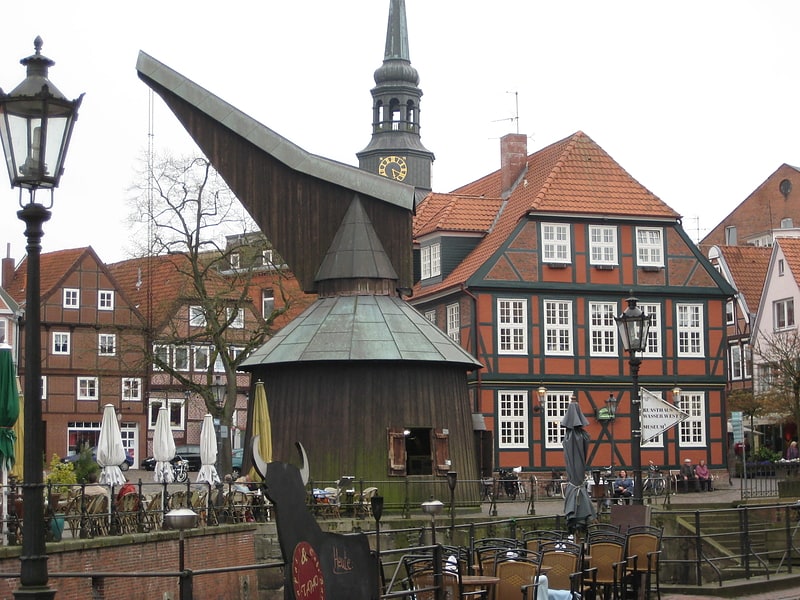
Schwarzer Berg

Schwarzer Berg refers to a ridge of geest in the urban area of Stade. Already in 1519 the hill was first mentioned as swarten howede. In 1598 it was already called Schwartzen Berg.
Finds from the Middle Stone Age and the 4th century show that the Black Mountain was settled early.
In 1735, the government negotiated the purchase of the spring ponds on the Black Mountain belonging to the Steffen farm. From there, a water pipeline was run along the Alte Landstraße, over Schiffertor and Wall to Sande. The rural settlement below the hill, together with Schiffertorsvorstadt, was under the jurisdiction of Stade. It was incorporated in 1848/52.
In 1943/44, the southern slope of the Black Mountain was removed for the construction of the Socrates bunker. The bunker was blown up in 1948 and demolished by 1957.
In 1967, the Elbe-Klinikum Stade was opened on the Black Mountain.
Church of the Holy Spirit
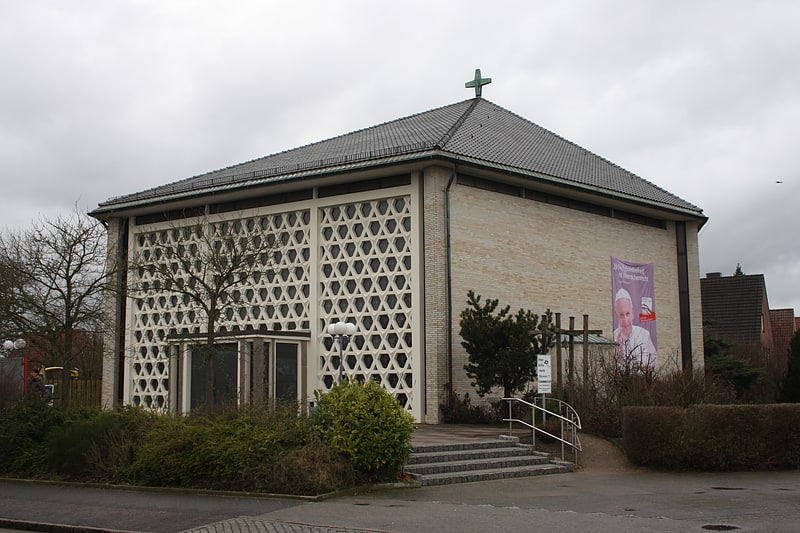
The Roman Catholic Church of the Holy Spirit in Stade's Campe district was built in 1959/60 and consecrated on the 2nd day of Pentecost 1960 by the auxiliary bishop of Hildesheim, Heinrich Pachowiak. The design and execution were shared by Chief Government Architect Paul Wolters, Hanover, and architect Hildegard Buttge, Stade. The interior was redesigned in 1985 and adapted to the requirements of the post-conciliar liturgical reform. The artistic design was in the hands of the sculptor Josef Baron from Unna. The parish belongs to the Lower Elbe Deanery of the Hildesheim Diocese.
Wohnstätte Stade
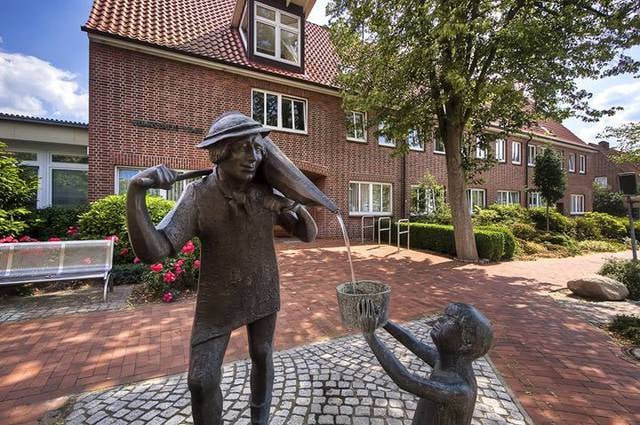
Address: Teichstraße 51, Stade
Lebenshilfe Stade e. V.
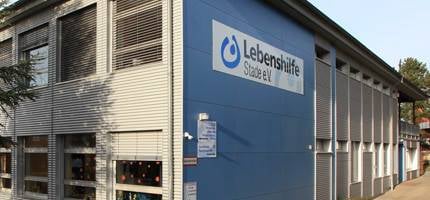
Address: Am Hohen Felde 53, Stade